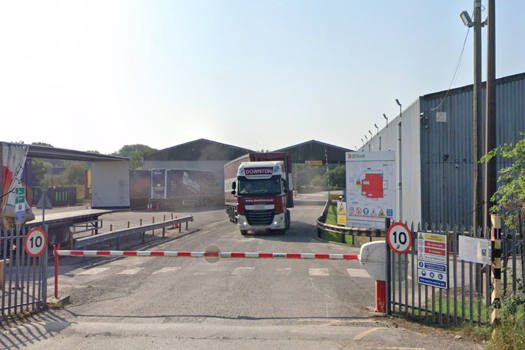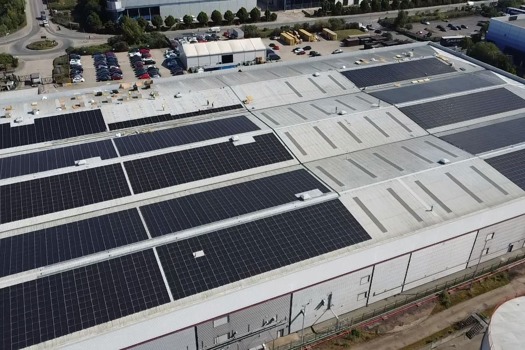The Health and Safety Commission's consultative document on European directives, published last Monday (5 April) advises that "action levels" where a firm must take action over the level of noise will drop from 85-90dB to 80-85dB.
John Jefferis, consultant technical adviser for Picon, believes that the directives could cause problems for the industry. "It will be a challenge to the industry there's no doubt about that. It's not a trivial difference going from 90dB to 85dB is in fact halving the noise."
He explained that due to the logarithmic nature of noise level measurement, while one machine running could cause 85dB, adding a second would push the level up by only a few decibels.
Jefferis said that the likely response to the regulations from most printers would be to improve the provision of ear protection.
However, he added that in the long term, the industry would need to adapt to using quieter machinery. He said it was already mandatory for manufacturers to state their noise levels.
Dale Wallis, national health, safety and environment adviser for the BPIF, stressed the new regulation's change to measuring noise levels as a weekly average, rather than at given points.
"To do that, you can't just use a decibel meter. To tackle noise at source you've got to use frequency analysis," he said. "You're talking expertise and expensive kit. Remember that 80% of the industry has less than 24 staff, and they haven't got health and safety offices."
He said that a visit from a BPIF noise consultant would cost 550 per day.
The HSC estimates that up to 1m extra workers across all sectors will be protected by the regulations.
HSC calls for drop in decibel output
Noise directives to come into force in January 2006 will be a challenge to the industry, according to leading technical advisers.







